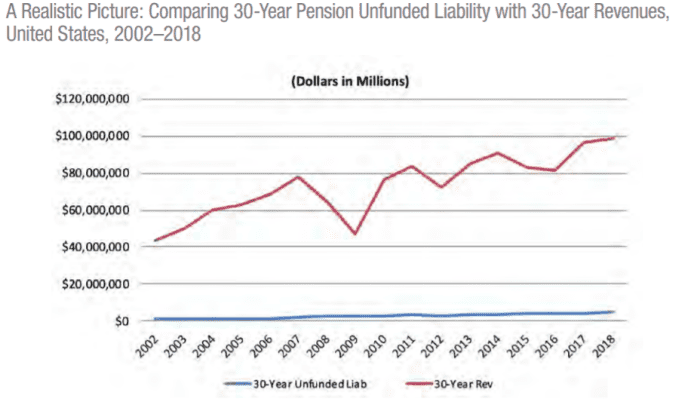Nicholas Creel
Sun, January 9, 2022
Nicholas Creel is an assistant professor of business law and ethics at Georgia College and State University.
While corporate America continues to echo the claim that we are in the midst of a “labor shortage,” the current situation is better understood as a wage shortage, born of a refusal by companies earning more than ever to pay employees fairly.
One statistic makes abundantly clear we don’t really have a labor shortage: the labor force participation rate. This statistic tells us the percent of all working age adults who are working or seeking work. Currently, this rate is 61.8%, down only by the tiniest of margins from the 62 to 63.5% range it has fluctuated between over the past decade. Put another way, 39.2% of all working aged adults are currently neither working nor are they seeking work.
With well over a third of working aged adults not in the workforce, there is an incredible amount of potential growth in the number of people who could easily provide labor to companies seeking it. However, these individuals sitting on the sidelines will only enter the workforce if market wages rise to such a level as to make it worth their time.
Framing this situation as a labor shortage only makes sense if you think employers are entitled to an employee at below market wages. The plain reality is that wages, stagnant for decades, need to be raised significantly. The meager 1.5% increase in wages as of late is nowhere near enough to make up for what workers are owed.
Many corporate executives, like the former CEO of McDonalds, will claim that an increase in wages will simply be passed onto the consumer via higher prices. However, there is nothing that mandates this to happen outside of corporate greed, particularly for companies like McDonalds that are running a handsome profit.
Increasing prices to maintain a higher profit when labor costs go up is ultimately a value choice. Those companies that would raise prices after raising wages would largely be deciding that they value returns to investors more than they do paying higher wages to their employees while offering low prices to their customers. In essence, they would signal with this reaction that the investors is who they value most.
Let’s look back to McDonalds as an example for why higher wages really don’t need to lead to higher prices. McDonalds has a net operating cost of around $12 billion and 25-30 percent of those costs are wages. So, on the high end, McDonalds spends about $3.6 billion annually paying all of its employees.
If we doubled all wages at McDonalds, their current average annual net profit of $10 billion would narrow to $6.4 billion. That’s right, McDonalds could literally double wages for all of their employees and remain incredibly profitable.

Nicholas Barry Creel
True, the low wage status quo is responsible for the incredible performance of the stock market over time, but consider for a moment that the richest 10% own about 89% of all stocks. Shareholder primacy is a concept that only serves the wealthiest among us while leaving the rest of society as exploited labor to fatten the bottom line.
While some may see the term “exploited” as hyperbole, the reality is that the likes of Walmart and McDonalds have thousands of employees who are so poor that they qualify for food stamps and Medicaid. Companies raking in billions of dollars in profit annually are effectively supplementing employee wages with government welfare benefits.
Put aside for the moment the fact that no gainfully employed person should still be so mired in poverty that they require welfare programs to live. The fact that this happens at all only further highlights how poorly employees are paid.
This is why, for many Americans, staying at home to help raise children or take care of elderly parents is by far the more economical choice. Until wages go up significantly, that won’t change.
This article originally appeared on Augusta Chronicle: Why aren't people applying for jobs? Because wages are not high enough















